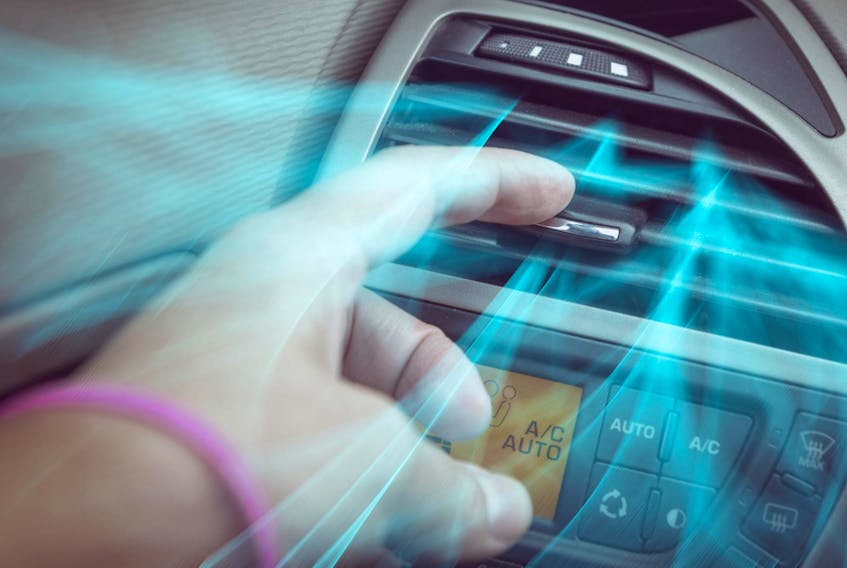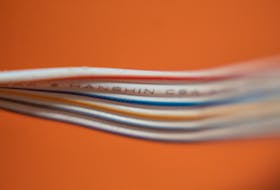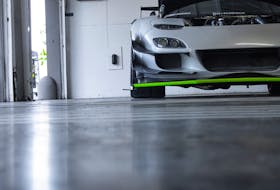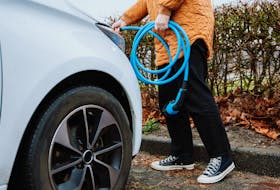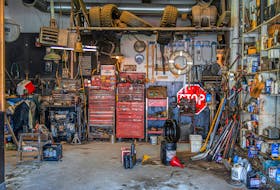It’s that time of year when you slide into your vehicle on a warm day and suddenly realize that the air conditioning blows cool air but not cold air.
There can be several reasons for this but most of them can be fixed easily.
Air conditioning systems can be separated into two parts: the refrigeration system and the air delivery system. Let’s look at the refrigeration system first.
Just like home air conditioning systems, automotive air conditioning doesn’t make cold; it simply takes away heat. This may seem like a subtle difference but it is significant to diagnosing problems with the system.
Heat from the vehicle’s interior is absorbed by a liquid as it evaporates into a gas inside a finned unit called the evaporator. Then the gas is pumped out to the front of the vehicle by the a/c compressor where the heat is transferred to the air moving through the condenser fins located in front of the radiator. This heat transfer caused the refrigerant to turn back into a liquid again so the cycle can be repeated.
The most common reason for insufficient cooling of the vehicle interior is a low charge of refrigerant. Depending on your vehicle. it will likely use R134a or 1234YF as a refrigerant. There are propane-based refrigerants on the market but it is best not to mix the types of refrigerants because the equipment used in automotive repair shops is designed to work with only one refrigerant.
If they test the system and it has mixed refrigerant, then the system has to be evacuated and the mixed refrigerant sent for disposal, which costs more money,
When a system is low on charge, the cooling is insufficient because the liquid refrigerant starts to convert to a gas before it should. The cooling cycle occurs in the hoses in the engine compartment instead of inside the evaporator unit under the dash. A symptom of a low charge is the air conditioning compressor clutch (a big electro-magnetic clutch on the end of the compressor) will start to cut in and out every few seconds instead of every couple minutes.
Most modern a/c systems use the cycling clutch design to prevent over-cooling of the evaporator. A low-pressure switch is mounted on the suction side of the system and when the compressor, which is just a pump, pulls a suction that would cause the refrigerant to be a little below the freezing point of water, the switch turns off the compressor clutch.
When the pressures rise, the switch turns on the compressor clutch again. A low charge makes the system cycle often because the compressor pulls a vacuum quickly when there is nothing to pump.
The fix is to check for leaks and add refrigerant. Most shops will remove all the refrigerant, pull a vacuum in the system to remove air and moisture, check for leaks and then fill the system with the correct amount of refrigerant.
The second part of the air conditioning system is the air delivery system. Remember the low pressure cycling switch? If it lets the temperature get too low in the evaporator, moisture on the fins of the evaporator will freeze and block the air flow. Hence no interior cooling. Turn the system off and the ice melts and you can have cool air again for a few minutes. The fix is to replace the cycling switch.
Other reasons for low airflow are a plugged cabin filter, which can be easily replaced, or mold growth on the evaporator. Spores trapped in the dust and moisture on the evaporator combined with hot humid air temperatures create ideal growing conditions for mold when the vehicle sits. If you have mold growing in your vehicle, you will usually find it smells musty and the airflow from the vents is not as fast as it used to be.
Removing the mold is done by spraying a disinfectant onto the evaporator fins to kill it. There are several brands of aerosol sprays designed to do this and it can be done at home but often you have to remove some parts to gain access to spray the chemical in and, while it is being done, the interior of the vehicle needs to be well ventilated so fumes do not remain. This is a job often left to repair shops.
Jim Kerr is a master automobile mechanic and retired teacher of automotive technology. Send your questions for Jim via email or mail them to: Herald Wheels, 2717 Joseph Howe Drive, P.O. Box 610, Halifax, N.S. B3J 2T2

